Textile production worldwide: Made in the EU, Switzerland, India or China?
Posted by Marc Joss on April 03, 2025Consumers are increasingly asking themselves this question: Where does my product come from? We believe it's worth taking a closer look. "Made in the EU" does not automatically mean CO₂-optimized or fairly paid. "Made in India" or "Made in China", on the other hand, does not necessarily mean the opposite. Transparency along the entire supply chain is crucial.
Using the example of a T-shirt, we show a case study that is often a reality on the global market - or at least occurs very frequently in this or a similar way:
The raw material - cotton - comes from the USA, Virginia to be precise. From there, it is shipped around 10,000 kilometers to Turkey. Turkey is known for its highly developed yarn production. Here, the cotton-like cotton is processed into a sturdy yarn.
From there, the yarn travels a further 11,000 kilometers to Taiwan - one of the most important hubs for fabric production in the world. Here, fabric rolls are produced on modern knitting machines. The undyed rolls of fabric, which are beige in this state, are loaded again. After another 3,000 kilometers, they reach China. There the fabric is bleached, washed, dried and finally dyed.
Then comes the next step: 3,400 kilometers further to Bangladesh, where the T-shirt is sewn. This is also where the well-known "Made in" label comes from, although only a small part of the actual production takes place here. The finished T-shirt is then sent back to the central warehouse in Europe - covering a distance of over 34,000 kilometers.
This example could be told any number of times - with other countries, with fewer kilometers, but equally complex routes. Important for consumers: The "Made in" label is not enough to understand how a product was really manufactured. Anyone looking for sustainable fashion should take a close look. Brands that only communicate "Made in EU" without transparently presenting the entire chain deserve a critical eye.
At Switcher, we produce 99% of our products with our long-standing partner and co-investor Sulochana in Tirupur, South India. The cotton comes from Gujarat in the north of India and is brought to Tirupur by road - that's around 1,800 kilometers. The entire production process takes place there within a radius of 10 to 20 kilometers: yarn production, fabric production, finishing (bleaching and dyeing) and tailoring - all under one roof.
The factories are equipped with state-of-the-art technology. The dye works have been working with osmosis water treatment for over 20 years. The seamstresses and sewers receive a living wage. And all energy-intensive facilities are powered by electricity from our own solar and wind power plants - and have been for more than a decade.
Around 80% of the finished products are packaged and shipped to Europe. A T-shirt from Switcher thus covers a distance of around 10,000 kilometers - two to three times less than in the example described above.
Similar, transparent structures can also be found in Europe or even in Switzerland. There are brands that carry out individual production steps - such as yarn and fabric production and finishing - in Switzerland and have the garments made up within the EU.
Conclusion: Keep an eye out for "Made in"! If you really want to consume sustainably, you should want to know where the T-shirt comes from - and how it was made.

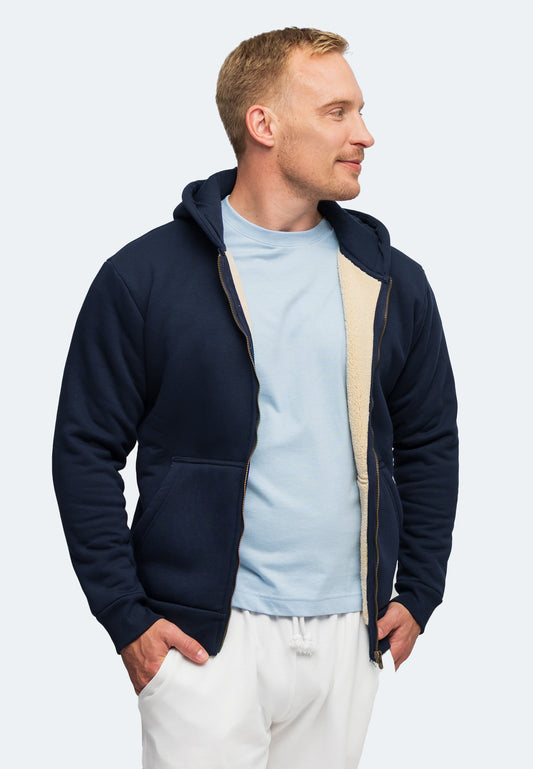
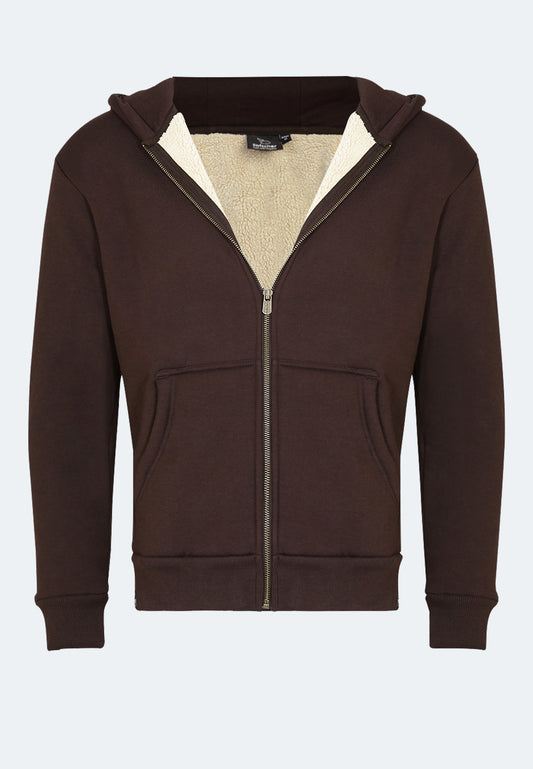
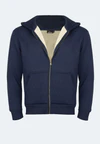
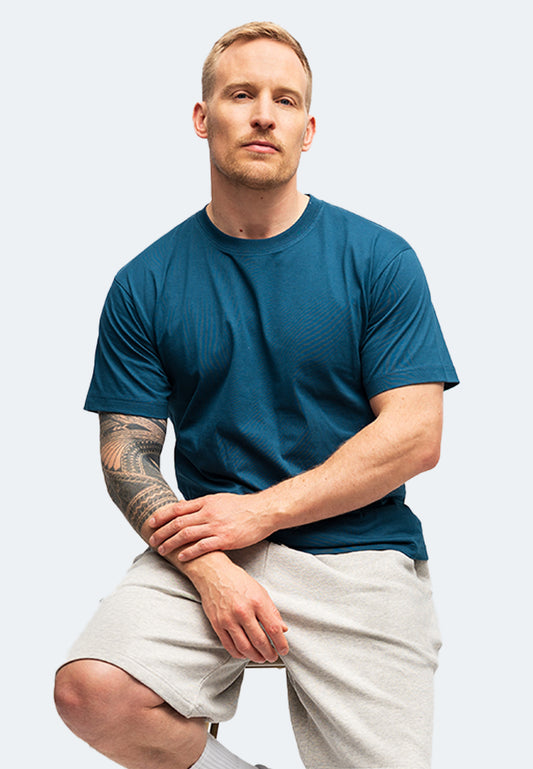
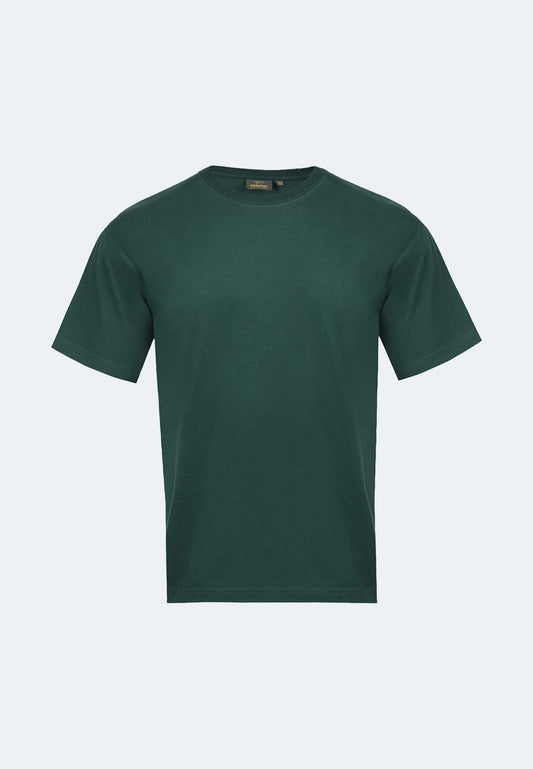


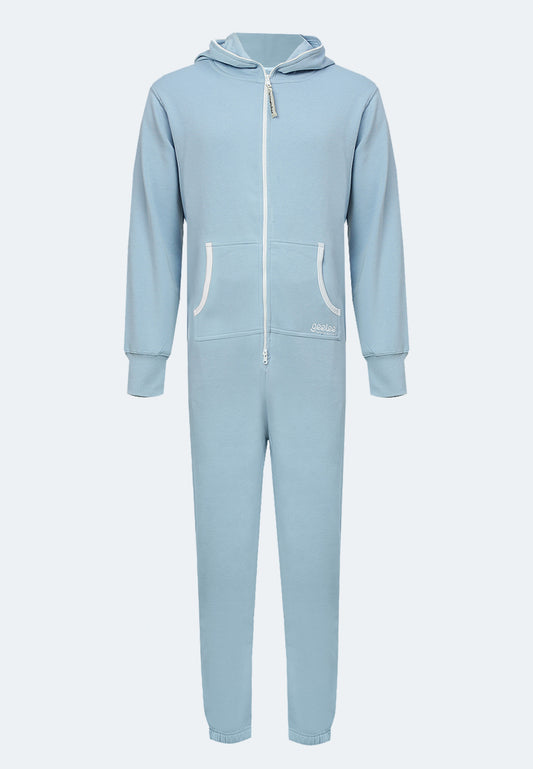

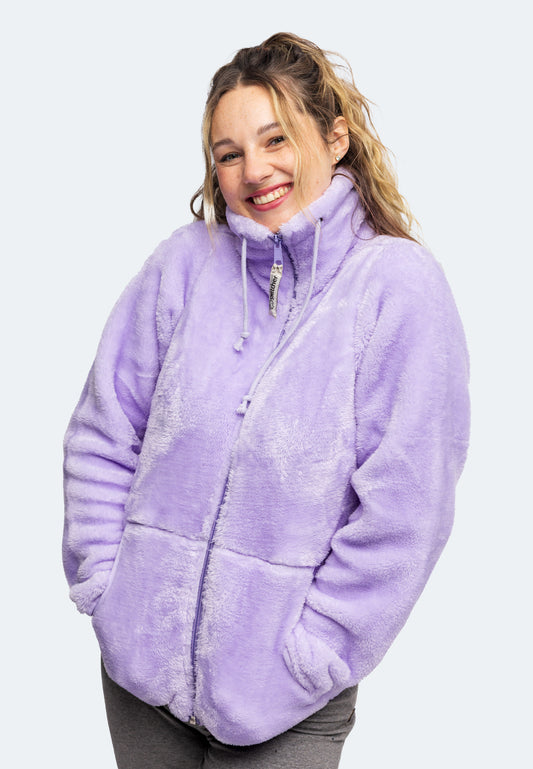
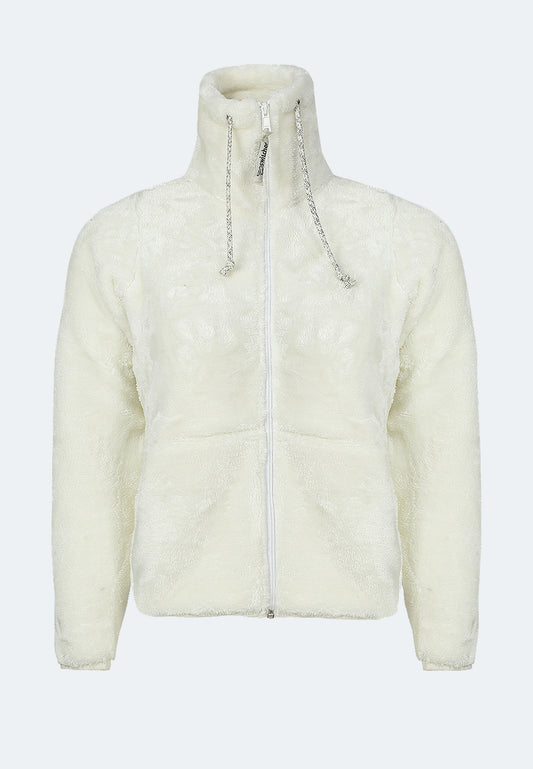

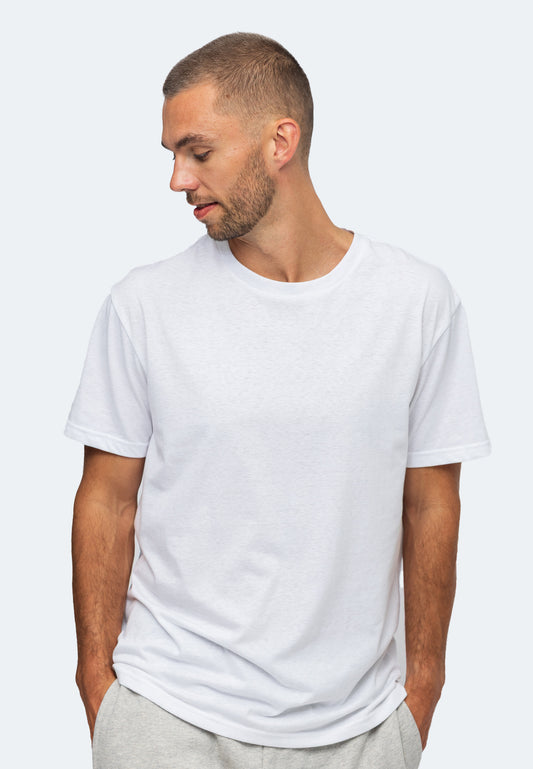
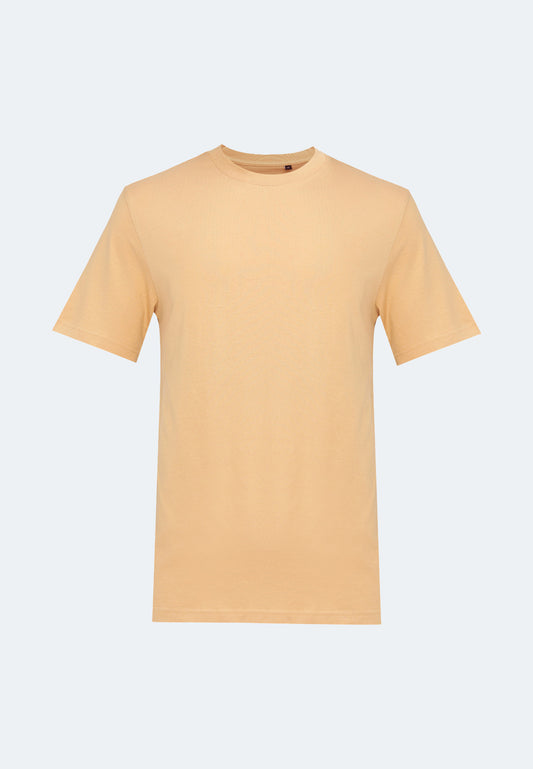


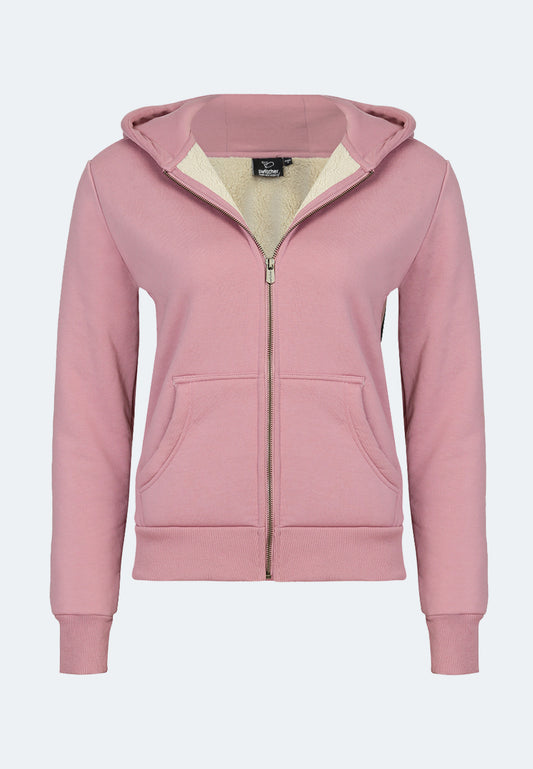
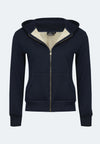

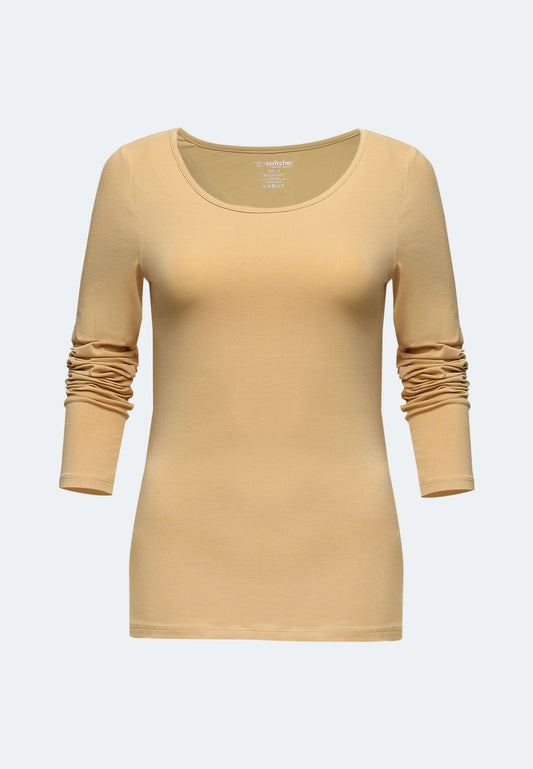

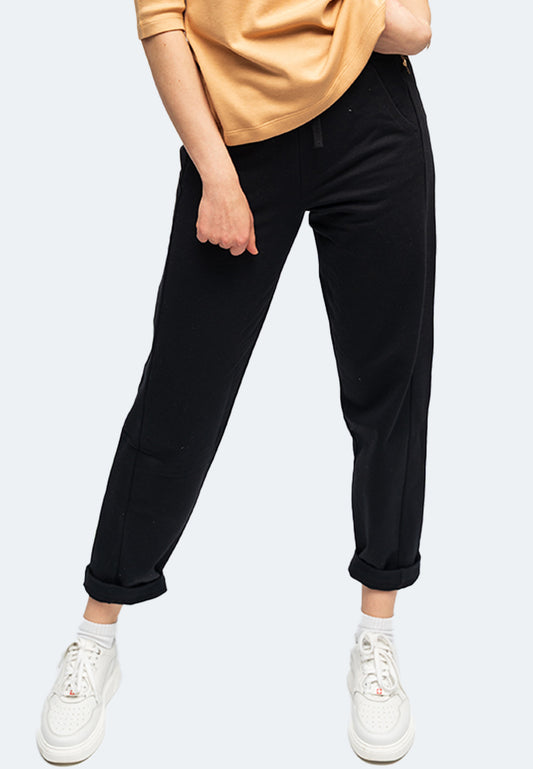
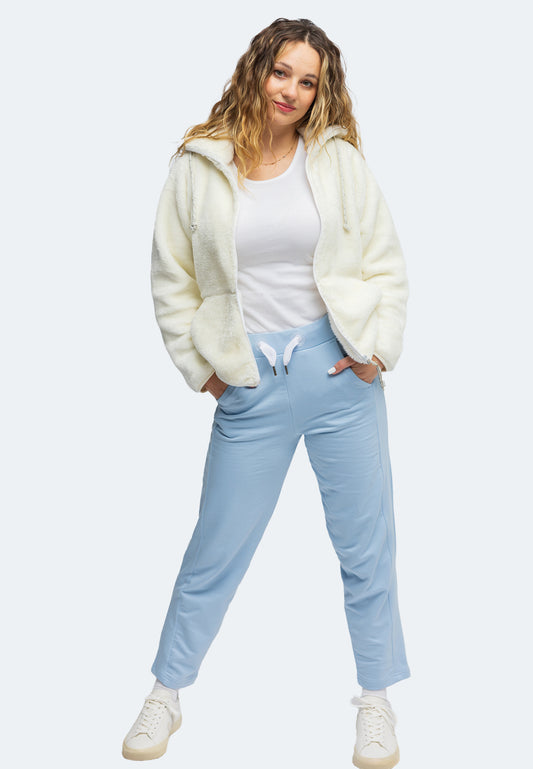
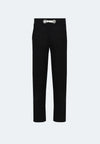

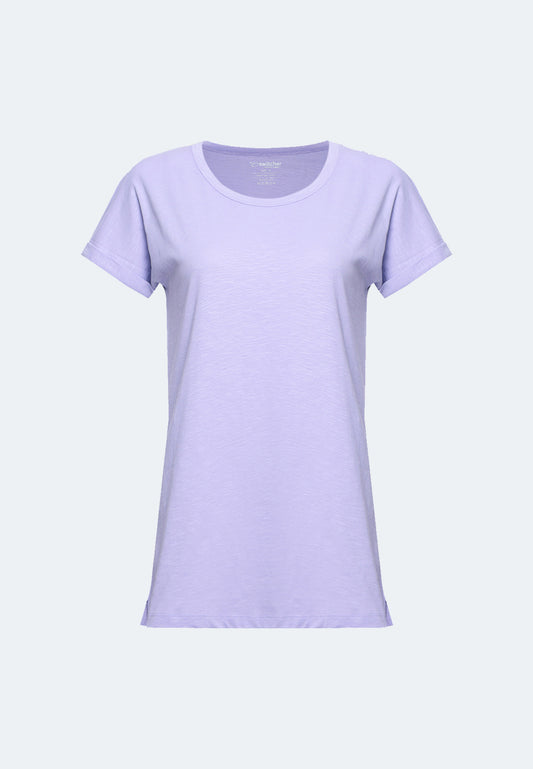

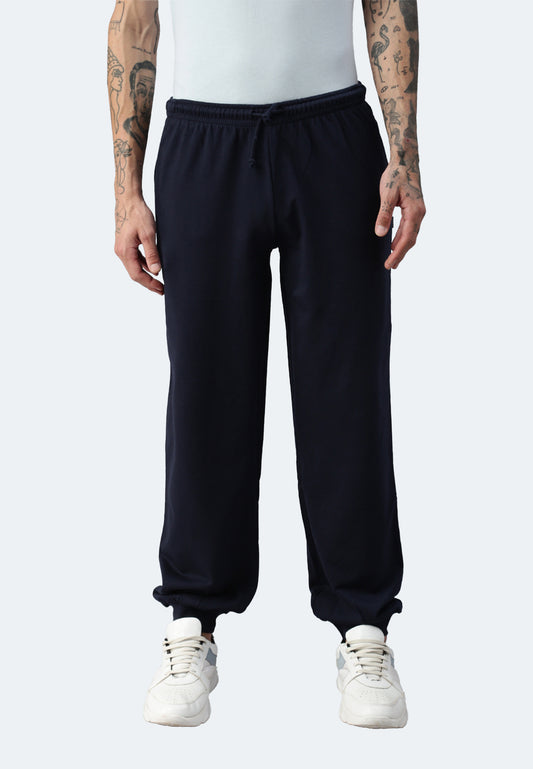
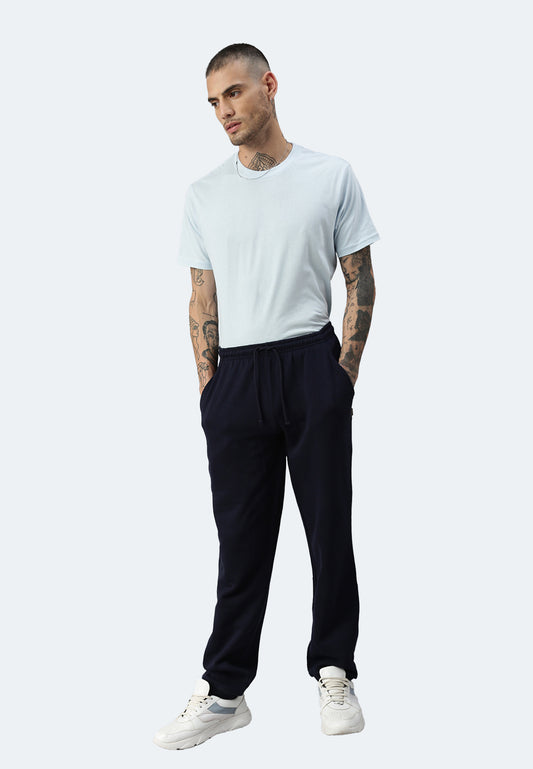
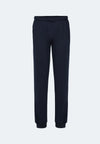
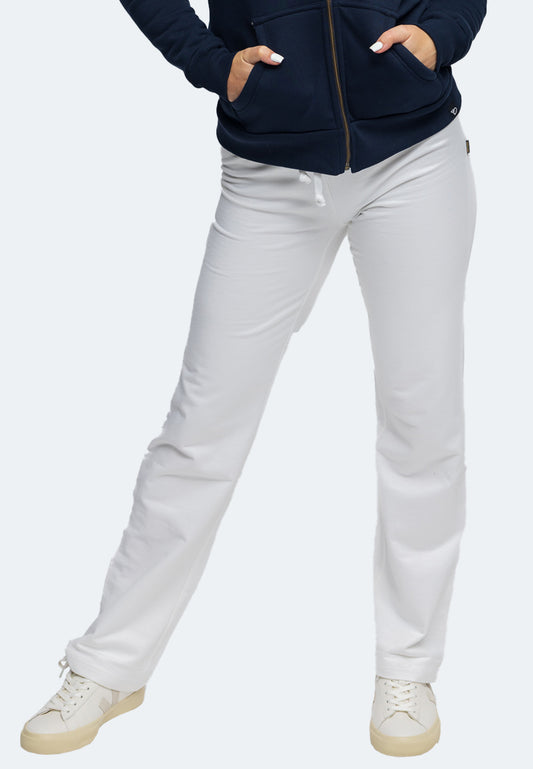

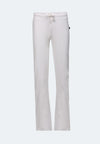

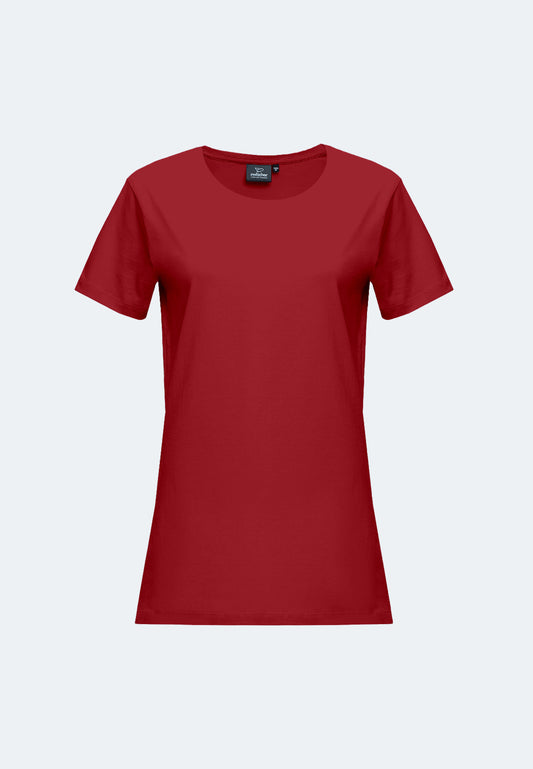

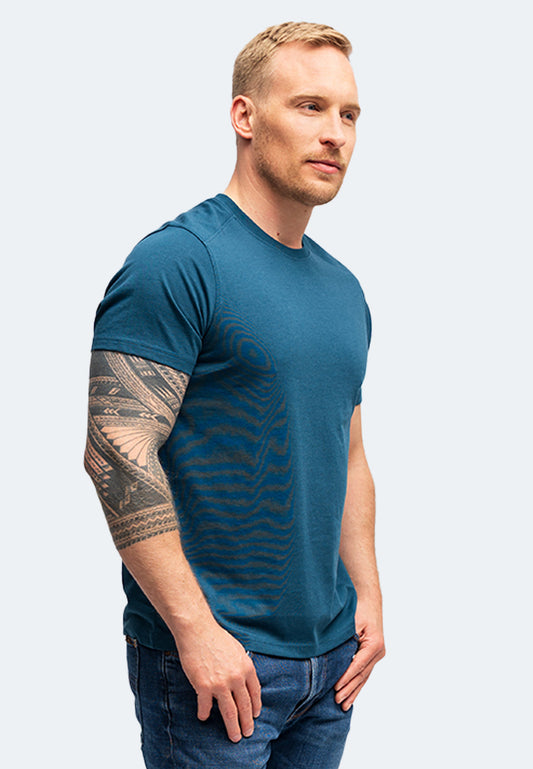
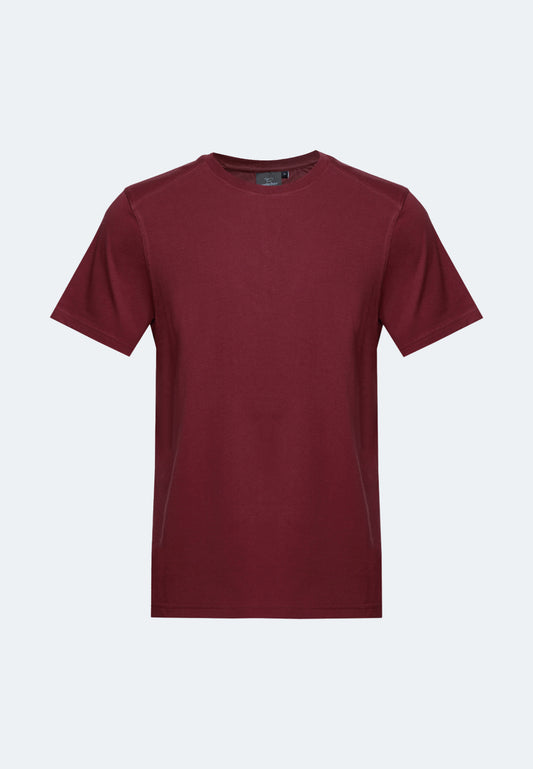

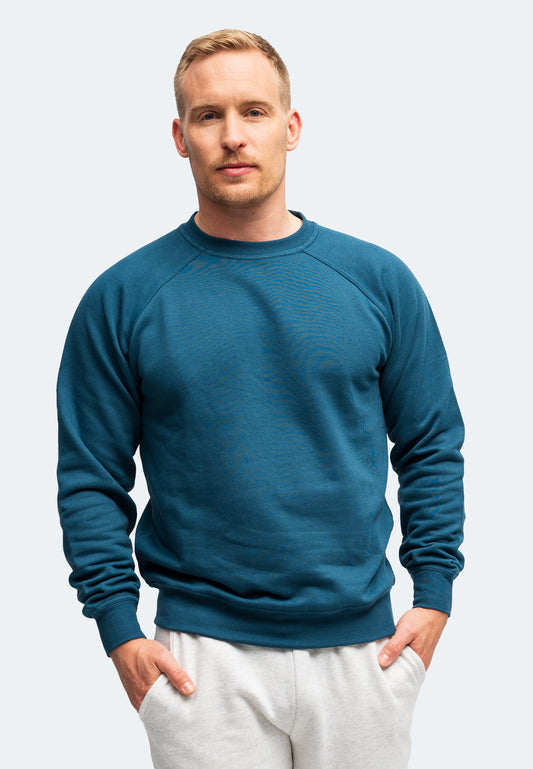
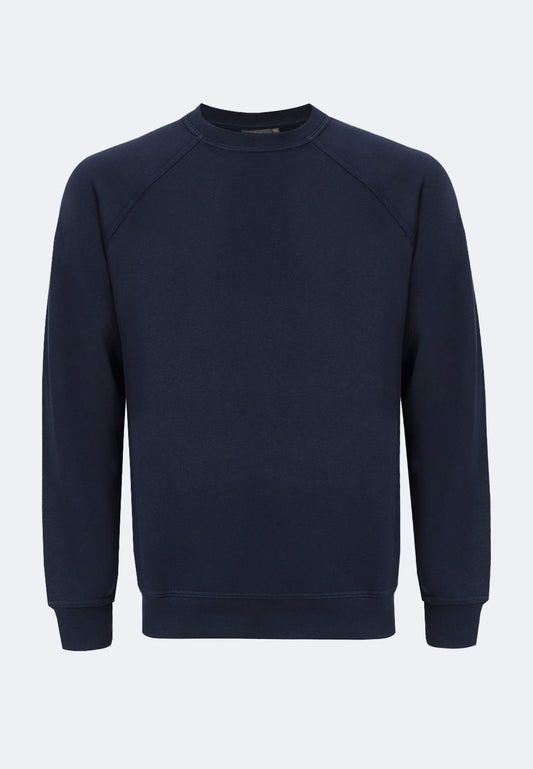

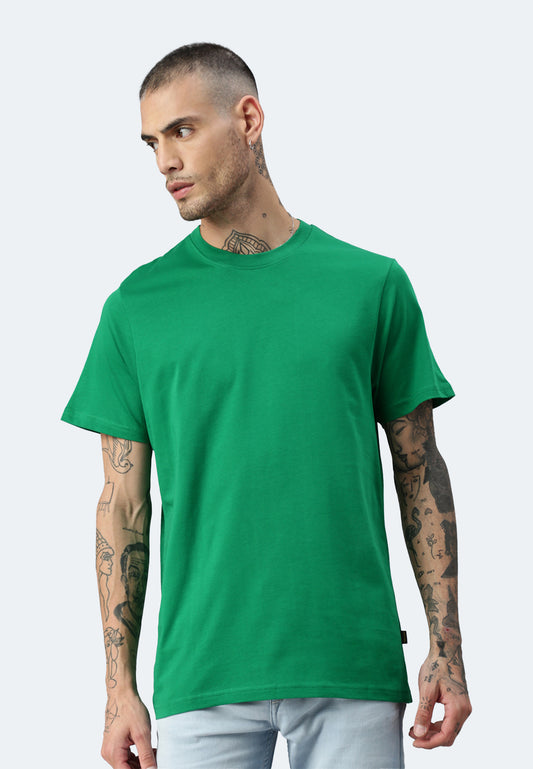
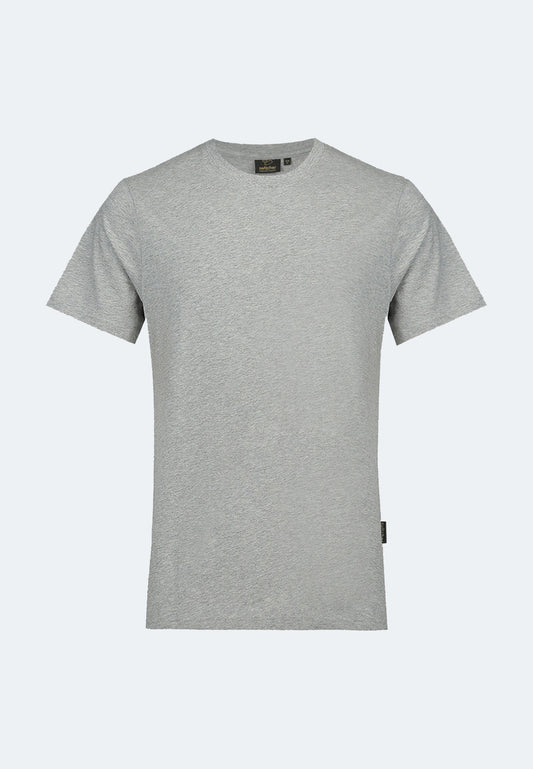





Leave a comment